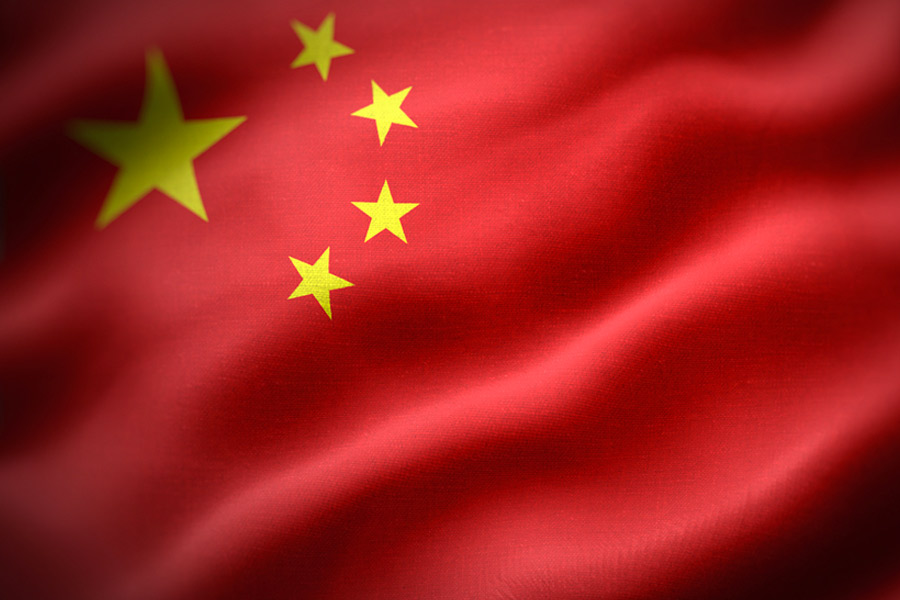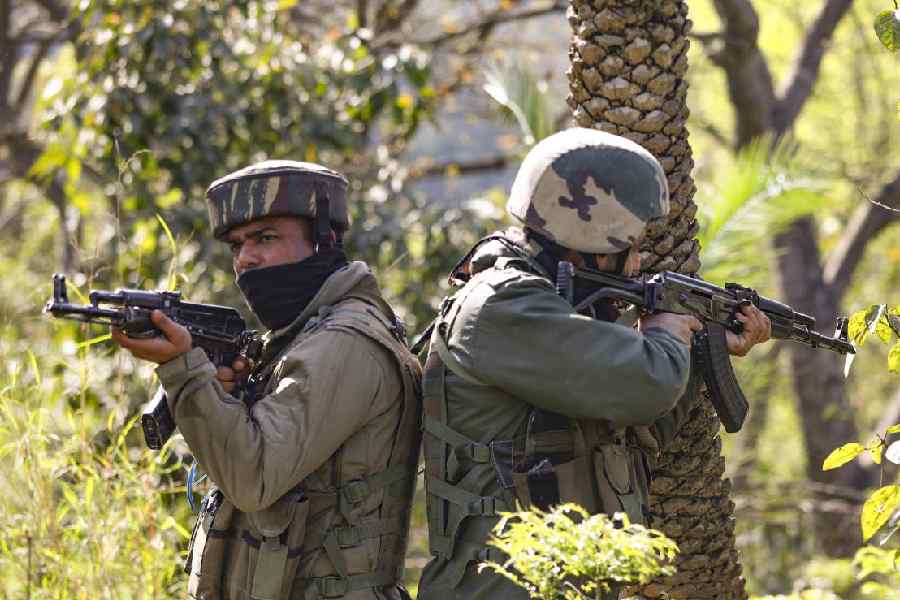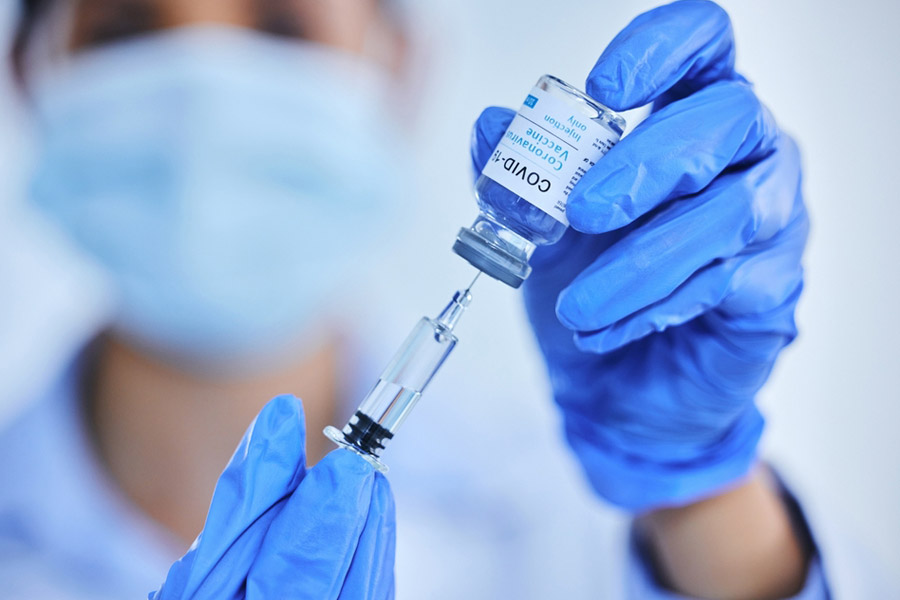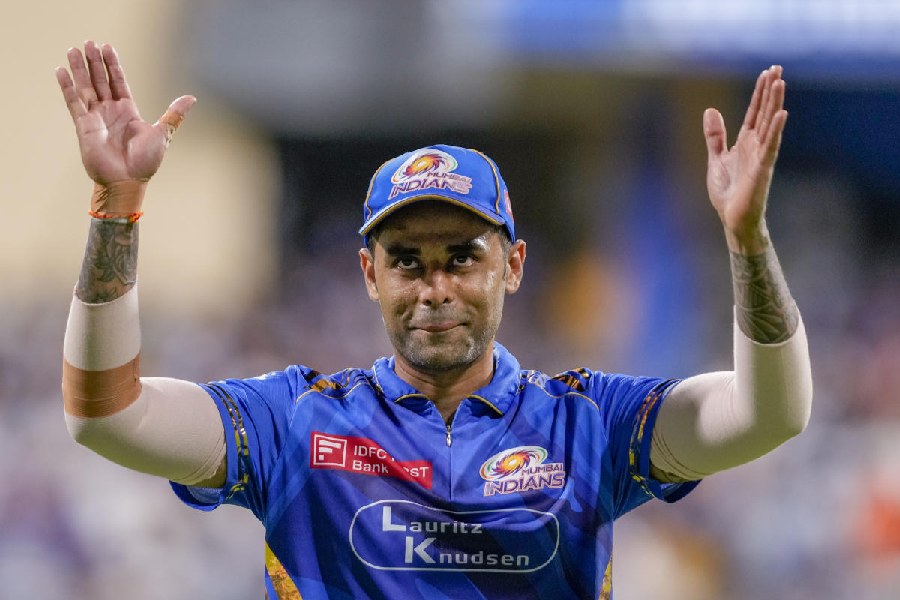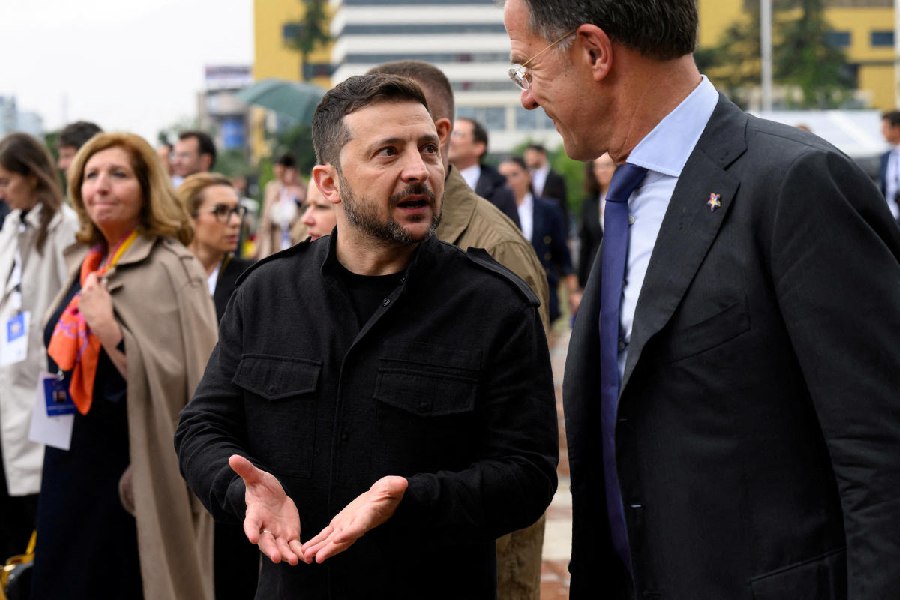 |
| PHOTO CALL: Convalescent soldiers pose at the Royal Pavilion in Brighton (Courtesy Royal Pavilion) |
On December 31, 1914, a few months after the outbreak of World War I, a funeral cortege set out from the seaside town of Brighton and wound its way to Patcham, a pretty village a few miles away with duck ponds and chocolate-box country houses. The body in the hearse was that of an Indian soldier who had died after being injured in the war.
Soon the road turned into a steep track that went up the South Downs. At the foot of the hill the mourners climbed out and carried the body — wrapped in a bright pall and covered with chrysanthemums — chanting as they went. At the top of the hill were three cement platforms. These were to become the burning ghats of Sussex, where 53 Hindu and Sikh fatally wounded soldiers were cremated during the war. Twenty-one Muslim soldiers were sent for burial to Woking Mosque, the first purpose-built mosque in Britain.
As a bugler played The Last Post, the smell of melted ghee and camphor filled the cold December air, wafting down the rolling hills as the funeral pyre was lit and the last rites were performed. The ashes were scattered in the sea by his comrades. It was the first time that such a service was being carried out in England.
Last Sunday, nearly 100 years after the last soldier was cremated there, the Commonwealth Graves Commission unveiled a separate memorial at the site inscribed with the names of the 53 Indian soldiers who were cremated there. Veterans from World War II saluted their dead comrades as wreaths of poppies — the symbol of remembrance — were placed near the memorial by Richard Kellaway, the director-general of the Commonwealth War Graves Commission, Indian High Commissioner Nalin Surie and the Royal British Legion.
Along with the memorial, the Brighton Pavilion — the former seaside residence of King George IV, which was turned into a hospital for the soldiers — has unveiled a permanent exhibition. The new gallery displays archive photographs, paintings, news reel footage and memorabilia to bring the story of the soldiers to life.
“This is an amazing and often forgotten story from the city’s past,” said councillor David Smith, minister for culture, recreation and tourism of Brighton and Hove City Council. “Looking around the Royal Pavilion now, with its glittering chandeliers, sumptuous furnishings and exotic decoration, it is almost impossible to imagine it as a military hospital.”
 |
 |
| IN REMEMBRANCE: Indian High Commissioner Nalin Surie at the unveiling of the memorial for 53 soldiers at the chhatri (below) in Brighton |
It was a Bengali doctor in the Indian Medical Service, Lieutenant Das Gupta, who first thought of a memorial to commemorate the site. He approached the mayor of Brighton, Sir John Otter, in August 1915 and found him very enthusiastic.
With all the requisite permissions, a beautiful Indian-style chhatri was commissioned, built exactly over the site where the cement cremation slabs used to be. It was inaugurated by the Prince of Wales on February 1, 1921. Every year in June, a dignified service is held to remember the Indian soldiers who fought and died in foreign fields in World War I.
It was at the personal suggestion of King George V that the Brighton Pavilion, famous for its oriental domes and ornate rooms, was opened up as a hospital for wounded Indian soldiers. Lavish public rooms such as the banqueting room and music room were transformed into wards and the kitchen was used as an operating theatre.
More than 4,000 Indian soldiers, who were fighting under British command in France and Belgium, were treated at the Royal Pavilion. Another 8,000 were hospitalised in two other hospitals in Brighton. The wounded were brought to the seaside town by ambulance trains, with local people turning out to cheer them as they alighted at the station. After the cold and muddy trenches of Flanders, the soldiers found themselves in an opulent palace with King George V and Queen Mary visiting them.
“Do not be anxious about me,” Isar Singh, a patient at the Royal Pavilion, wrote to his family on May 1, 1915. “We are really well looked after. We get very good food four times a day. Our hospital is in the place where the King used to have his throne. The men in the hospital are tended like flowers and the King and Queen sometimes come to visit.” Many of the letters from the soldiers are on display in the museum.
The British establishment made every effort to look after them. There were nine different kitchens, divided into three types, for the different religions. There were also different water supplies for Hindus and Muslims and the wounded were cared for by orderlies of the same caste and religion.
So unique was the sight of the turbaned Indian soldiers resting on the grounds of the Pavilion that The Brighton Herald reported in 1914: “There can be few stranger chapters in the history of England than that which is being written in Brighton…this Royal Oriental Palace is now occupied by the Oriental troops of the King Emperor.”
Nearly 1.3 million Indian and Gurkha troops volunteered for the war between 1914 and 1918. One in 10 soldiers was an Indian. On the Western front alone, nearly 3,000 were killed and 14,000 wounded, the number increasing to 62,000 Indian soldiers killed in all theatres of the war. Over 66,000 were wounded. As many as 14,514 wounded Indian soldiers were brought to Britain during World War I, of whom 12,000 passed through the three hospitals in Brighton.
The last service was held there on December 30, 1915. The poppies laid every year at the chhatri and the new memorial will ensure that the Indians who died in Brighton will never be forgotten. A beautiful part of the Sussex Downs will be forever theirs.


